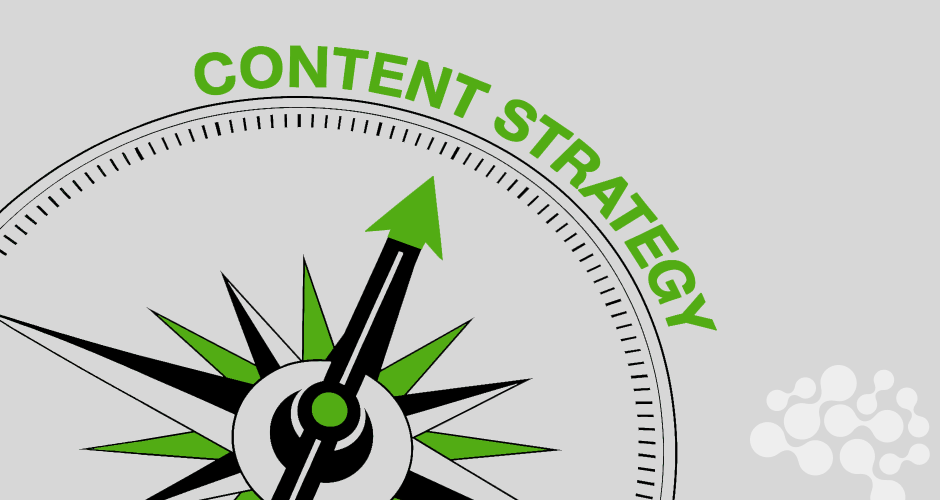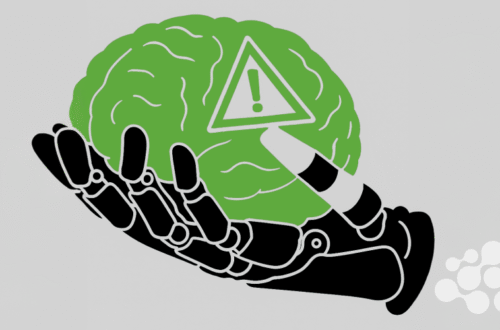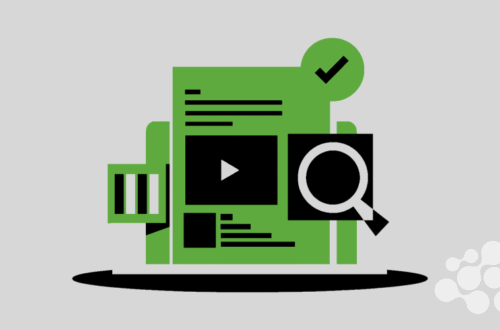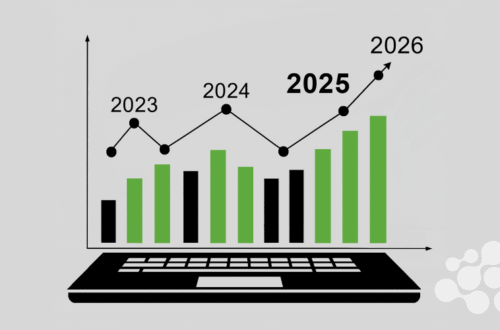When your content doesn’t move people, it’s not because it’s bad. It’s because it’s not meeting them where they are.
Most content strategies focus on what you want to say. But real marketing success comes from focusing on what they want to hear, and when. That’s where alignment with the customer journey comes in. When you shape your content to match the stages your buyer goes through, magic happens: awareness turns into interest, interest turns into trust, and trust leads to action.
Let’s walk through the six steps that can help you align your content strategy with the customer journey.
Step 1: Understand the Customer Journey from Their Point of View
Don’t start with your sales funnel. Start with your customer’s experience.
Map the journey your typical customer goes through before buying. Think in terms of three broad stages:
- Awareness: They realize they have a problem or opportunity.
- Consideration: They explore possible solutions.
- Decision: They compare and choose the best fit.
If your industry demands it, add a Retention or Advocacy stage as well.
What matters is how your buyer feels and what they need at each stage. Use interviews, surveys, support tickets, sales calls, anything that gives you real insights. And talk to more than one persona. Buyers aren’t one-size-fits-all, so your map shouldn’t be either.
Step 2: Audit Your Existing Content Based on Journey Stages
Now that you’ve mapped the journey, it’s time to lay all your cards on the table.
Start by gathering your existing content: blog posts, ebooks, videos, whitepapers, product pages, webinars, case studies, everything. Then tag each piece with:
- Persona it speaks to
- Journey stage it supports
- Primary format/channel
- Performance (traffic, engagement, conversions)
You’ll likely find some interesting patterns. Maybe you’ve overloaded the consideration stage but have barely anything for the decision stage. Or maybe you’re great at product demos but have zero awareness-stage thought leadership.
This audit isn’t just about finding gaps. It’s about making sure each piece of content is doing a specific job at the right point in the journey.
Step 3: Define Clear Content Objectives by Stage
Every stage has a different job to do. Your content should reflect that.
- Awareness: Focus on education. Help them understand the problem or opportunity. Don’t talk about your product yet.
- Consideration: Provide frameworks, comparisons, and deeper insights. Show you understand the options—and where you shine.
- Decision: Remove doubt. Use demos, case studies, and social proof to make your solution feel like the safest choice.
Set clear KPIs for each stage, too. Traffic or impressions might matter at the top. Engagement and time on page could matter in the middle. Clicks to demo, signups, or conversions are key at the bottom.
Once the objectives are defined, everyone, from writers to performance marketers, knows what they’re aiming for.
Step 4: Create Content that Anticipates Questions and Objections
Buyers don’t read content just to be entertained. They read it to get clarity.
At each stage, your job is to answer the question they haven’t asked yet. That might be:
- “Is this even a problem worth solving?” (Awareness)
- “What options do I have, and how do they compare?” (Consideration)
- “Will this actually work for me?” (Decision)
This is where customer conversations, support logs, and sales recordings come in handy. Look for patterns in what people ask, what they misunderstand, and what makes them hesitate.
Then build content that answers those things proactively. When you do that, your content becomes a trusted guide, not just a pitch.
Step 5: Match Format and Distribution to the Journey Stage
Even the best content fails when it’s in the wrong format or place.
Think about how your audience consumes information at each stage:
- Top of funnel: They’re not seeking you out yet. Think SEO-rich blog posts, LinkedIn carousels, YouTube videos, or thought leadership guest posts.
- Mid-funnel: They’re comparing. Serve up email nurture campaigns, detailed guides, ROI calculators, or webinars.
- Bottom of funnel: They’re ready to act, but need reassurance. Offer product tours, case studies, customer testimonials, or side-by-side comparisons.
And match your distribution accordingly. Don’t rely solely on organic reach, use paid retargeting, email sequences, influencer content, or even direct outreach, depending on the channel and stage.
Each piece of content should be designed to meet them where they are and move them one step forward.
Step 6: Review and Refine Based on Real Behavior
The strategy doesn’t end when the content goes live.
Track how people actually engage with your content across stages. Are they flowing through the journey the way you hoped? Or are they dropping off after the awareness stage?
Use tools like heatmaps, scroll depth, email open/click rates, and attribution tracking. Combine that with qualitative feedback, especially from sales or success teams, to spot friction points.
If you find something’s not working, don’t just tweak it. Ask why. Maybe your buyer’s journey map was off. Maybe your CTA didn’t match the intent. Or maybe the format didn’t match the channel.
This is a living strategy, not a one-and-done campaign. Keep refining as your buyers evolve.
Final Thoughts
Aligning your content strategy to the customer journey isn’t just about creating more content. It’s about creating the right content, with the right message, delivered at the right time.
It’s a mindset shift, from “What do we want to say?” to “What do they need to hear, and when?”
When you make that shift, your content stops being noise. It becomes a conversation. And conversations build trust, which builds business.
If you’re ready to rethink your content with this lens, start with your next piece. Ask yourself: what stage is this for, and what question does it answer? That simple habit can transform how your audience sees you—and how they buy from you.






